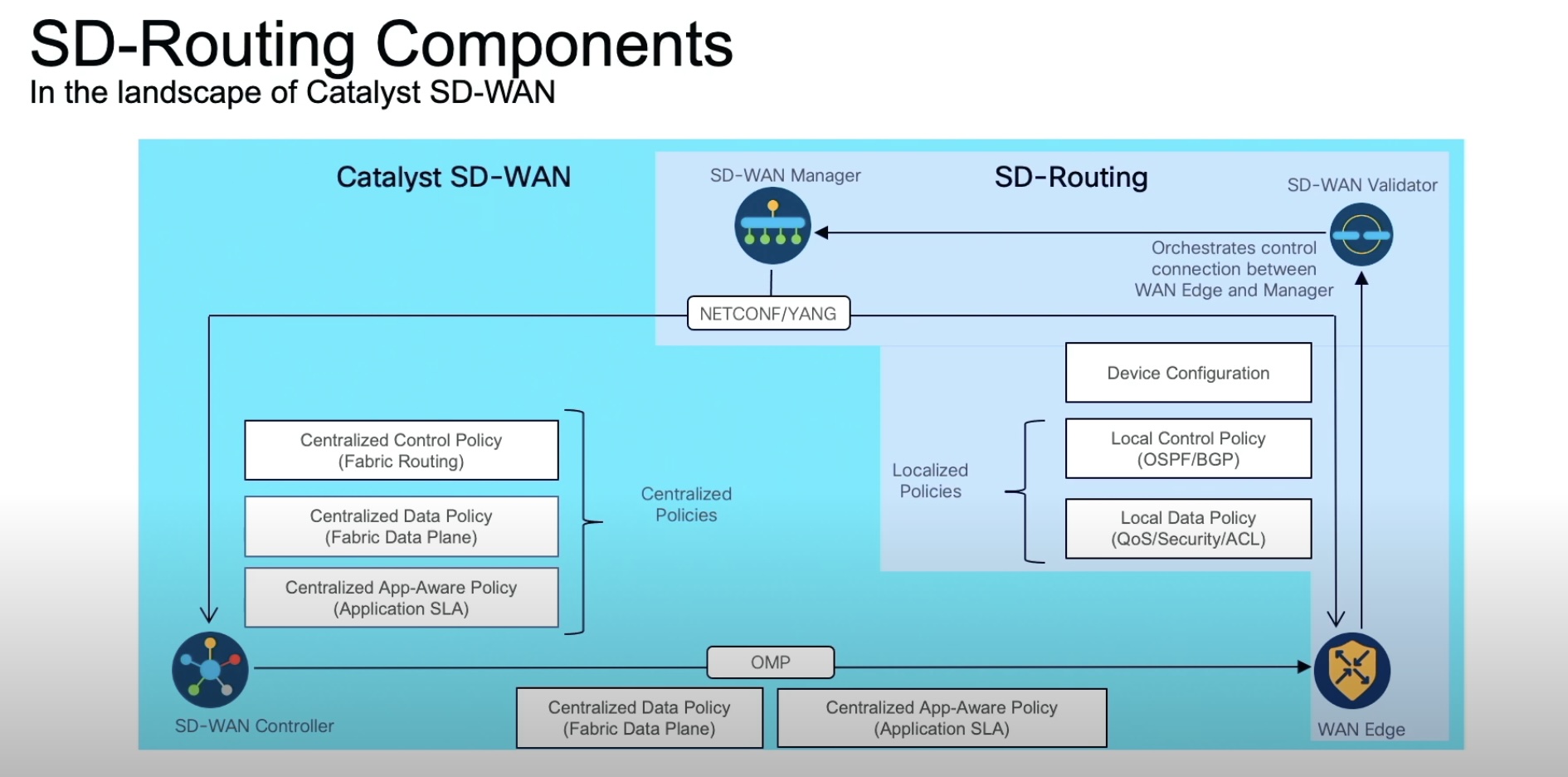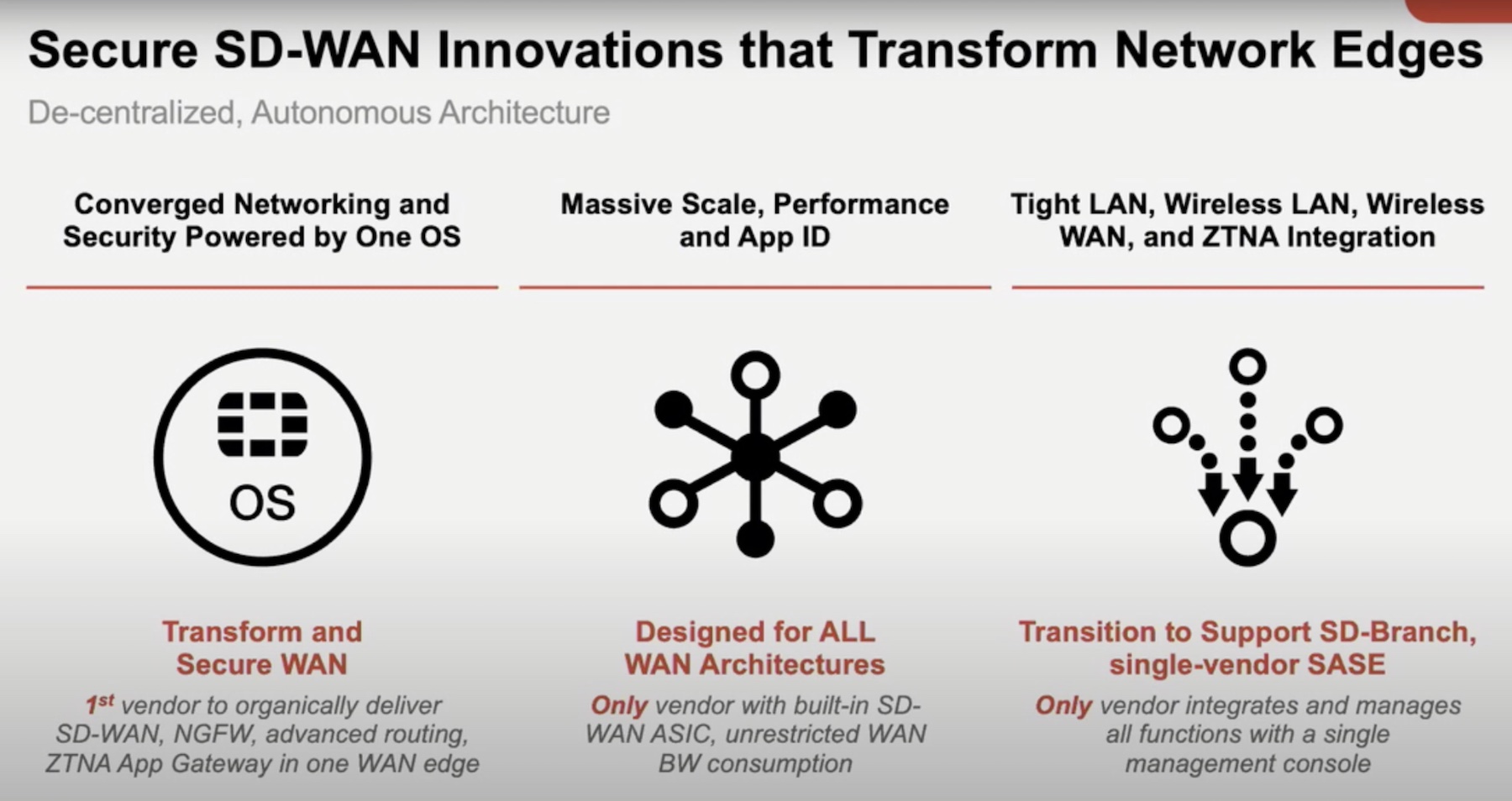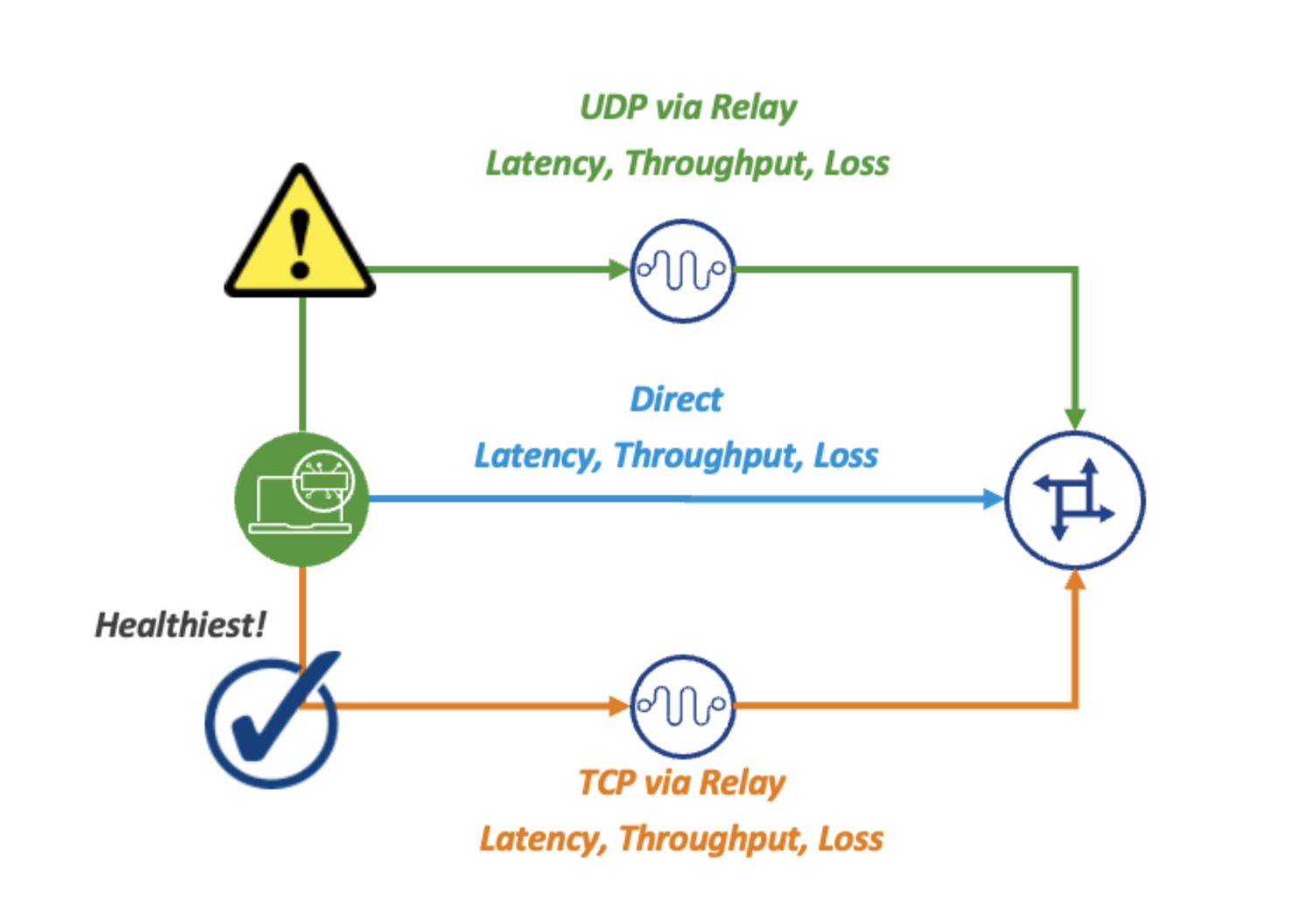SD-WAN has taken the networking world by storm. We now live in an era where the idea of complicated networking connectivity is a thing of the past. We have consolidated broadband, cellular, and fixed connections into a package that allows us to deploy and manage everything with more ease than ever.
The world, however, didn’t stop changing. While we focused on simplifying Ethernet connections and adapting Quality of Service (QoS) to a changing landscape, the landscape shifted toward smaller, purpose-built devices. These Internet of Things (IoT) items aren’t limited to smart thermostats or light bulbs. They’re HVAC systems and medical equipment, and manufacturing plant devices. Connected devices are growing in number every day, and managing their network connectivity is becoming harder and harder.
One reason for this is the perimeter. Think back to the lessons we learned all those years ago when the secure edge of the network stopped being the firewall. The security perimeter shifted from a well-defined edge to something more challenging to highlight and defend. With the rise of BYOD and, now, working from home, the idea of a static edge guarded by firewalls and bastion hosts is a memory relegated to the same heap as Frame Relay and math coprocessors.
Networking is undergoing the same transformation. Thanks to IoT, the edge is no longer where the ISP connection comes in to the building. The edge could be a branch office or a new country location. The new edge is also a remote worker in a coffee shop or a company vehicle, as well as a factor floor full of connected machines that need access to specific resources without the ability to configure them to be secure. How can we ensure these new edge use-cases are solved while we are coping with the changes brought by SD-WAN?
Democratizing the Edge
Earlier this month, I had the opportunity to sit down with Parag Thakore, the CEO of a new startup named Infiot. I remembered him from his days at VeloCloud both before and after their acquisition by VMware. VeloCloud was one of the pioneers of SD-WAN, and Parag was on the Cisco team that developed and coined the term IWAN. To say he has his finger on the pulse of where edge networking tech is going is an understatement.
Parag and his team, many of them former VeloCloud employees, founded Infiot to solve the new challenges presented by IoT at the edge. Their vision was of a world where users focused on being remote-first instead of working out of a corporate office everywhere. They envisioned a world where IoT devices needed more security options from the network than the traditional infrastructure could provide. Since 2018, they’ve been working diligently to provide a solution to the problems they foresaw.
The first way they tackled the problem was to reimagine what edge hardware needs to look like. Rather than leaving things in the hands of software, Infiot realized the power in having a hardware edge. But the hardware at the edge had to be remote-friendly. You can’t lug around a rack-sized router in the hopes of finding the right place to plug it in. The Infiot Edge device is smaller than an iPhone and has multiple options for power and connectivity. If you have an Ethernet connection from your provider, you can plug it in. If you need cellular connectivity for remote work in the field, you have that option with a built-in LTE SIM card. You can even connect via wireless to provide a secure edge in a coffee shop.
The second way Infiot reimagined the edge is by making it smarter. We’ve come a long way from dedicated ATM/MPLS circuits that needed special hardware to multiplex properly. SD-WAN enabled us to add limited intelligence into the mix with application visibility and decision making. Infiot took this one step further by providing intelligence at the edge with a helping of AI. Using the Infiot SDK, you can develop edge services that allow you to do data processing and gain valuable information about that data for decision making. You don’t have to worry about backhauling everything to the cloud to get quick insights. The services can run on the Infiot Edge thanks to lightweight containerization development. Why use a big VM when a simple container gets the job done?
The third was Infiot has redefined their vision for the edge is with security. Recognizing that IoT devices are purpose-built and lack the ability to be configured to be safe, Infiot offers a zero-trust edge networking model to companies looking to deploy IoT in their enterprise. Thanks to the Infiot Edge devices, you can put them in front of your IoT deployments and ensure that communications are isolated and secured from potential nefarious actors. What if your IoT deployment is somewhere tricky to connect with traditional methods? The built-in LTE connectivity ensures you can monitor and maintain those devices anywhere in the world.
Bringing It All Together
I’m excited to see where Infiot is headed. They have the visionaries that brought us SD-WAN and a fresh Series A funding round of $15 million to define this new edge. They realize the importance of hardware that is portable and reliable. They see the value of embracing IoT instead of leaving it to its own devices. With the world now focused on a remote-first stance for workers, the unveiling of Infiot couldn’t have come at a better time. We may already find ourselves in a post-SD-WAN world with the way things have gone in 2020. Infiot is looking to make this rapid transition easier.
For more information about Infront and their edge networking solutions, make sure to visit http://Infiot.com.




